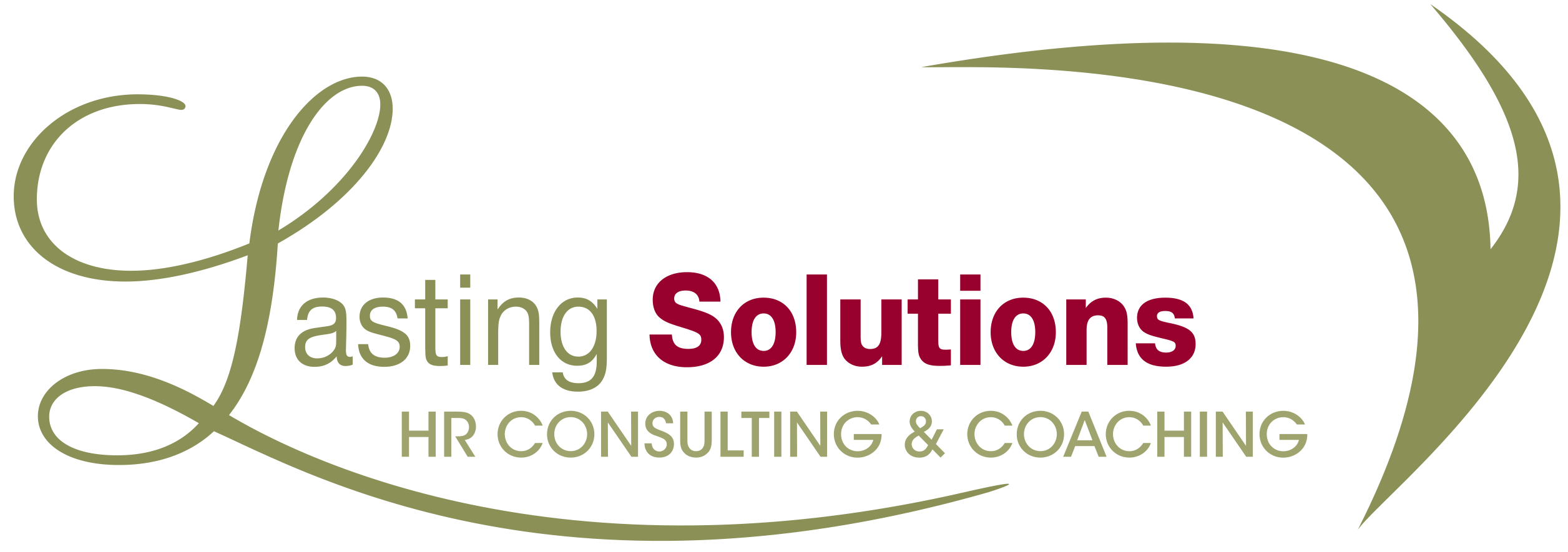AODA – It’s Coming – Don’t Be Caught!
September is here and in some ways it signals the beginning of a new year. With kids back to school it’s time to get back to business and have a look at the year ahead. On the horizon of January 1, 2012 is the Accessibility for Ontarians Disability Act (AODA).
What it is
Ontario has taken the lead in Canada in addressing and preparing for widespread accessibility. We are the first province to pass legislation that will create mandatory accessibility standards to be phased in by 2025. The legislation is coming to the forefront because people with disabilities still have difficulty accessing the goods and services they want and require. They can’t always count on accessibility being available. Not only is this unacceptable for people with disabilities, it’s also missed opportunities for business. For this reason, the Ontario government passed a law in 2005 called the Accessibility for Ontarians Disability Act (AODA). The purpose of the Act is to develop, implement and enforce accessibility standards so that all Ontarians with disabilities will have equal access to goods and services.
Some disabilities are easy to recognize such as physical disabilities but others such as hearing impairments, vision loss, mental health concerns, developmental and/or learning disabilities are not as easy to identify, therefore, understanding disabilities helps us as business owners support people with disabilities more effectively.
Why it’s important
1 in 7 Ontarians have a disability and up to 50% of us take care of someone with a disability. In 20 years, it will increase to 1 in 5 because as our population ages, so too will the number of people with disabilities. Establishing these standards now will prepare us for the future ensuring that Ontario continues to prosper from a living and business perspective. Persons with disabilities come to our province as visitors for conferences and as tourists. They may come with their friends and family and need to travel, shop, access information, services, parks, and buildings. The goal of AODA is to move Ontario forward on accessibility, a future where accessibility can be relied upon on a daily basis, accessibility that is widespread and commonplace. It just makes good business sense to ensure all Ontarians have equal access.
Phases
There are five accessibility standards being rolled out under AODA with Customer Service being first.
1. Customer Service – The Accessibility Standards for Customer Service, Ontario Regulation 429/07 has a deadline for compliance of January 1, 2012 for private sector businesses and all other organizations that provide goods or services either to the public or to other organizations in Ontario with one or more employees. This includes Not For Profit and Volunteer organizations. Public Sector organizations were to comply by January 1, 2010.
2. Information and Communications – This standard will help persons with disabilities access information through all means of communication by removing barriers. Emergency procedures, plans or public safety information are considered customer service and will be required in lotte@hrcareertransition.com www.hrcareertransition.com accessible formats, such as large print, starting January 1, 2012. Other requirements of this standard will be phased in beyond 2012.
3. Transportation – This standard is about making public transportation more readily accessible on a daily basis. For public transportation providers, this standard came into effect July 1, 2011. Other requirements are being established and will be phased in up to 2017.
4. Employment – This standard will make accessibility a normal part of employment practices such as recruiting, hiring and communicating with employees who have disabilities. Aspects of this phase outside of Customer Service will be implemented beyond 2012.
5. The physical location (Built Environment) – This standard will address making all buildings and outdoor spaces accessible for persons with disabilities. Physical barriers can include such things as counter height, aisle and door width, parking and signage. This standard will only apply to new construction and renovations. The government continues to work on this standard and it will be phased in by 2025.
Enforcement under AODA
Enforcement of all accessibility standards will be carried out by the Ministry of Community and Social Services through inspections, compliance orders and monetary penalties. Organizations or persons that do not have the required policies and procedures in place by January 1, 2012 could face a fine of up to $50,000 for each day or part-day that the legislated requirements are not met. Corporations could pay a fine of $100,000 for non-compliance (including directors or officers who fail to prevent the corporation from committing an offence). The Ontario government has the power to prosecute (through the courts). The License Appeal Tribunal (LAT) will hear appeals from organizations on compliance matters.
What You Need To Do To Provide Customer Service Standards By January 1, 2012
- Assess your workplace or volunteer organization to determine how you provide customer service. If any barriers exist for people with disabilities note how to overcome them.
- Create policies, procedures and practices for customer service standards and ensure they are maintained.
- Provide training for staff, volunteers and contractors so they know how to recognize a disability, how to communicate respectfully while maintaining dignity and respect.
- Create a feedback method to ensure people can provide input to your services.
- Arrange for alternate communication methods if needed.
- Provide appropriate notice of accessible service disruptions.
Anne Marie Sarrazin, a colleague of mine wrote this article and has been researching AODA so you can be sure with the Lasting Solutions team, you are in good hands.
We’re here to help and make this seamless for your organization. Contact us today to find out how you can get prepared.


Leave a Reply